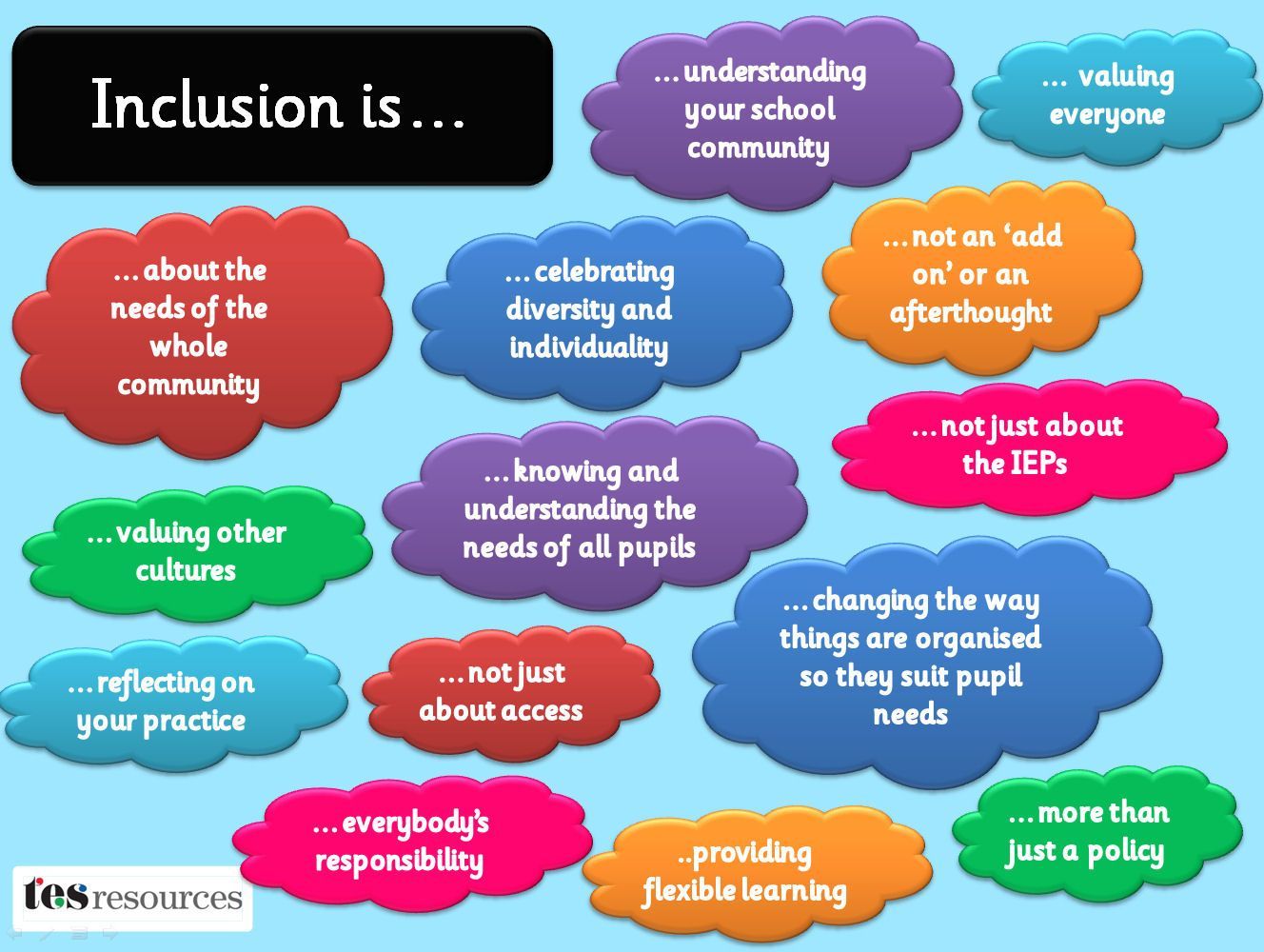Author:
Embracing inclusivity and reflection on UDL
The first time I heard of UDL, was when I started my studies at Thompson Rivers University. I did not really understand the concept at that time, but as time went on I began hearing about it more and more in the different courses. Only then I began to fully grasp the concept of what it meant, that it is about creating equity for diverse students in education- each child ought to benefit from the educational system.
In my search I found out that, according to the School of Education in Washinton DC (2025) Universal Design Learning aims to offer students an equal opportunity at success through a curriculum developed to facilitate all types of learning. This framework was developed in the 1990s by CAST (Center for Applied Special Technology), a nonprofit education research and development organization (School of Education Washinton DC, 2025).
In my own educational journey back in the 80’s and 90’s education was more about rote memorization that supported a teacher centered learning, Teachers held the primary authority, directing the learning and students listened, absorbed and memorized the material. There was very little to no discussion. Back then inclusivity and adaptability to different learning styles was less prioritized.
In my undergraduate in 2016 there were elements of UDL with the use of discussion, charts, role play, presentations and videos, but it lacked diversity in the student population with disabilities, support for those suffering with test anxiety and also those wanting help to fully understand questions posed during exams.
The Province of BC I believe is in a space where it has a strong curriculum because it caters for different learners of different backgrounds, promoting inclusivity. I firmly believe diverse learners will thrive in a curriculum that incorporates ULD offering multiple means of learning enhancing student’s classroom experience. I just want to end with this quote as I thought it beautiful and comparable with UDL “When a flower doesn’t bloom, you fix the environment in which it grows, not the flower.”— Alexander den Heijer (Cast, 2025). It encapsulates how UDL should shape learning environment.
References
CAST (2025) Universal design for learning. https://www.cast.org/what-we-do/universal-design-for-learning/.
School of Education (2025) Universal design for learning: definition and benefits. https://soeonline.american.edu/blog/universal-design-for-learning/.
The UDL principle consist of 1) MultiMeans of Representation
2) Multiple Means of Action and Expression.
3)Multiple Means of Engagement.
I chose to use Multiple Means of Engagement. Please click on the link below

Hi Ria,
Thanks for the in-depth sharing. I’ve had a similar learning experience – rote memorization and rote memorization are not only common, but deeply rooted in the education system I grew up in. While it’s easy to blame teachers for a lack of innovation, the reality is that systemic pressures often leave no room for creativity in teaching. In China, the overwhelming emphasis on achieving admission to top universities has prompted students, faculty, and even parents to prioritize test scores over inclusive, student-centered learning. This often leads to the neglect of the diversity of learner needs and classroom participation.
Your Canva design showcases an inspiring example of how teaching can be made more inclusive by applying UDL principles. The use of technology, multimedia, and a variety of activities shows how educators can move beyond rigid teaching models. However, implementing UDL in practice is not without its challenges – teachers need institutional support, training, and resources to truly tailor content to different learners. It’s not enough to just introduce new tools; We must critically examine whether our educational environment truly provides a fair opportunity for all students. Otherwise, UDL risks becoming a well-intentioned theory that is unenforceable in the real world.
Wow Ria, this showed an amazing journey in understanding Universal Design for Learning (UDL). It is powerful how your perspective has evolved from unfamiliarity to now recognizing its role in creating equity for all learners. When you compare past teacher-centered approaches to today’s more inclusive methods, you showed the progress education has made. The contrast you drew between your undergraduate experience and the practices in place here in B.C. reinforced the importance of continued growth in addressing our diverse learning needs, including those learners with disabilities and those who must overcome test anxiety. Your recognition of the importance of flexible, student-centered curricula as opposed to the one-size-fits-all mold that far too many of our curricula have been poured into) brought a smile to my face.
Thank You.